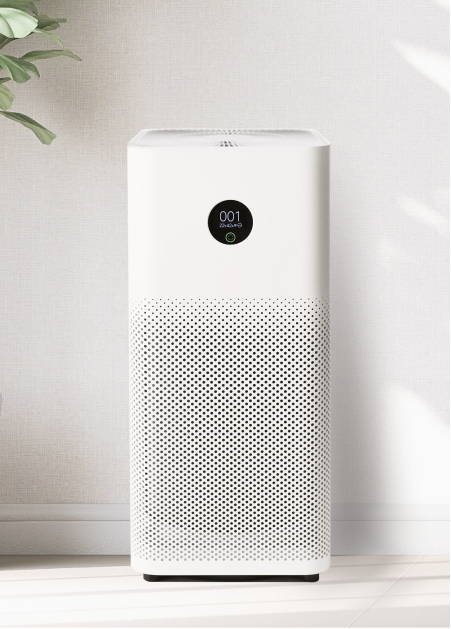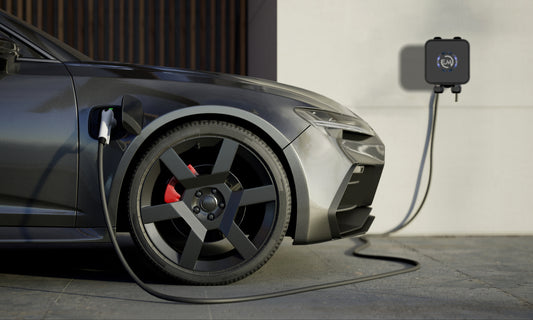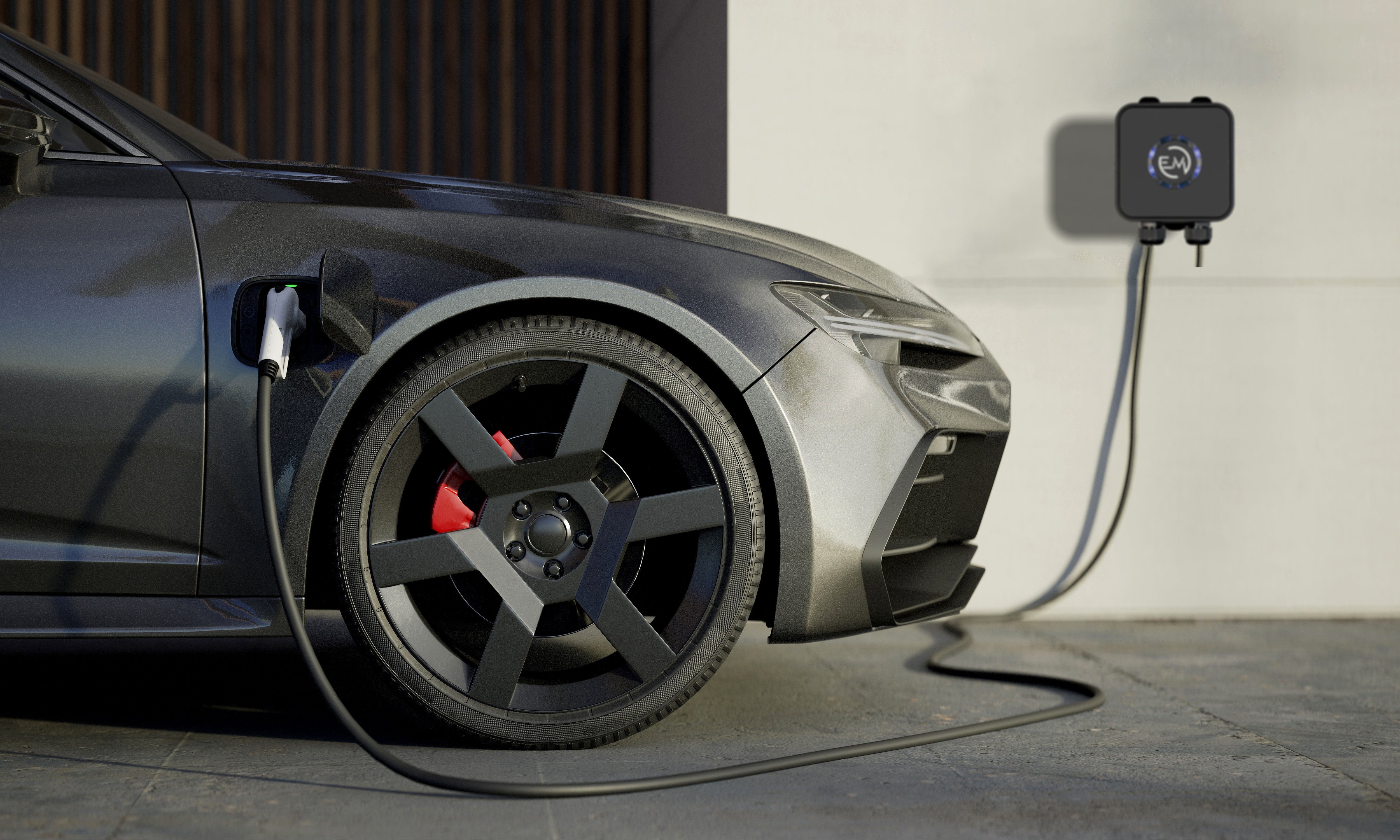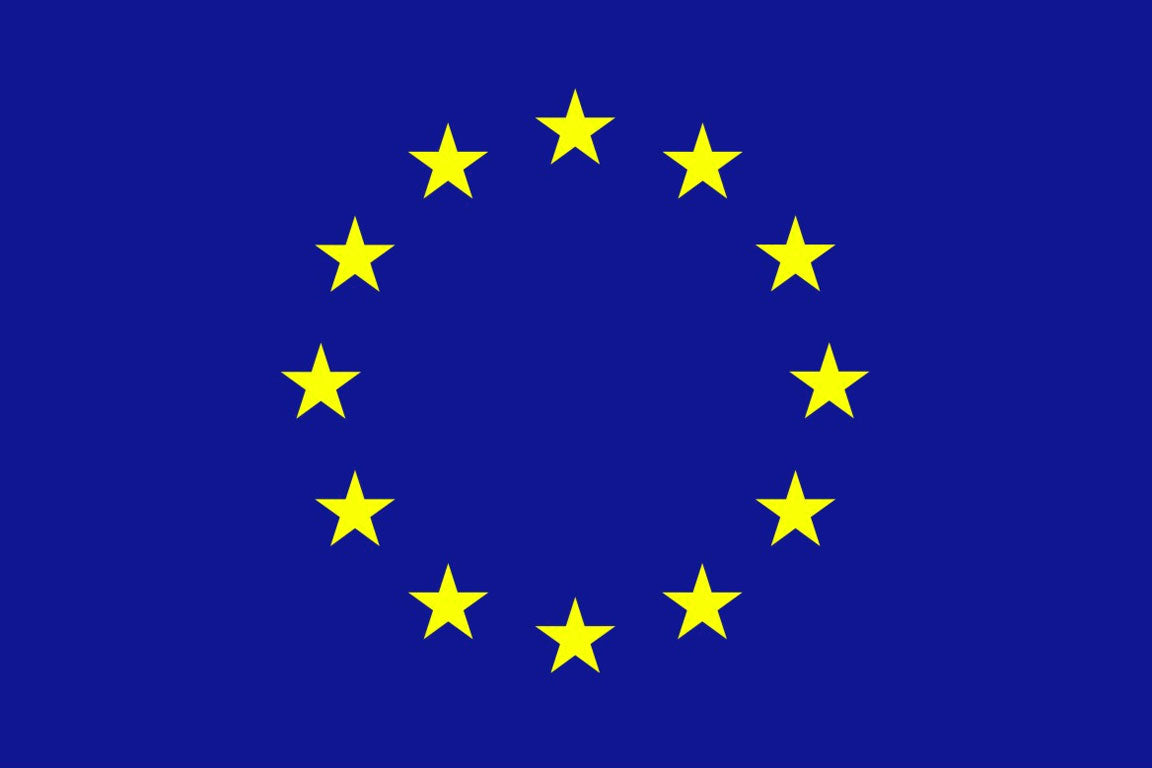
NRG-5: Enabling Smart Energy as a Service via 5G Mobile Network advances
Supporting Smart Energy as a Service is a promising application for 5G mobile network communications. NRG-5 will enable the deployment, operation and management of existing and new 5G communications and energy infrastructures, providing security, resilience and high availability mechanisms.
The massive deployment of IoT devices, broadband and mission critical services along with a huge variety of scenarios, ranging from smart city to factory automation, are paving the way for a novel and disruptive 5G communication network, which will enable massive capacity, zero delay, faster service development, elasticity and optimal deployment, less energy consumption, enhanced security, privacy by design and connectivity to billions of devices with less predictable traffic patterns. Despite a variety of software frameworks and reference architectures have already made available for 5G enabling technologies, there is still a clear gap to bridge for 5G seamless deployment within a number of “vertical” sectors, which pose significant new requirements. Among others, the energy “vertical” represents one of the most demanding “use/test case” for 5G enabling technologies, mainly due to the need of addressing a huge range of very diverse requirements to deal with across a variety of applications. Technological advances, political visions and market liberation are transforming the energy network from a closed, monolithic and highly predictable infrastructure to an open, multi-owned, decentralized ecosystem and pose huge challenges, both in functional (i.e. stability, resiliency and highly availability) and in non-functional (i.e. sustainability, security, privacy and CAPEX/OPEX) directions. In this new and time varying energy landscape, NRG-5 and 5G initiative are challenged to guarantee optimal communications of the energy grid, which is believed to be the most complex, heterogeneous and gigantic machine ever made in human history. NRG-5 results will be validated at 3 laboratories offering research and experimentation facilities for SDN/NFV functionality (POPs), 5G/IoT/M2M connectivity (UPMC) and a state of the art end-to-end 5G/electricity network emulator (RWTH) and 2 real life trials (France and Italy) offering multi-RAT (i.e. cellular, satellite, Wifi, short range)connectivity over Electricity Distribution, LNG Storage/Gas transportation and Gas Pipelines infrastructures. Moreover, NRG-5 will gain access to Rutgers/WinLab (USA) enhanced “radio grid emulator” ORBIT testbed, which provides facilities for reproducible networking experiments with large numbers (up to 400) of wireless nodes. NRG-5 will leverage on the experience of Emotion in the area of EV fleets management and the communication requirements they induce. Hence, Emotion will be active in the determination of the NRG- 5 use cases and successive requirements extraction and the decomposition of the NRG-5 functional architecture. Moreover, Emotion will put significant effort tin the application logic development and the xMEC integration with OpenNFV and respective validation. Emotion will participate in almost every trial demonstration activity of the project except for the ones related to Preventive Maintenance as a Service, leading the trials setup task. Last, Emotion will be active in creating impact at project scope.






